How to Stay Connected During Natural Disasters: Internet Survival Guide
Table of Contents
When natural disasters strike, maintaining communication with loved ones and accessing critical information can be lifesaving. From hurricanes and wildfires to earthquakes and floods, these events often damage the very infrastructure we rely on to stay connected.
This guide explores practical ways to prepare for, maintain, and restore internet connectivity when it goes out during natural disasters, ensuring you can reach emergency services, access vital information, and let your family know you’re safe.
Why Internet Access Is Critical During Disasters
When disasters hit, the internet serves multiple crucial functions. First and foremost, it enables emergency communications—helping you reach 911, contact loved ones, and access emergency services. It also provides real-time information access for evacuation orders, shelter locations, and disaster trajectories.
Beyond immediate safety needs, internet access helps in locating resources like open stores, gas stations, and medical facilities when many businesses are closed. In the aftermath, connectivity becomes vital for post-disaster recovery [1], including filing insurance claims, applying for assistance, and coordinating rebuilding efforts.
What Happens to Internet Service During Natural Disasters
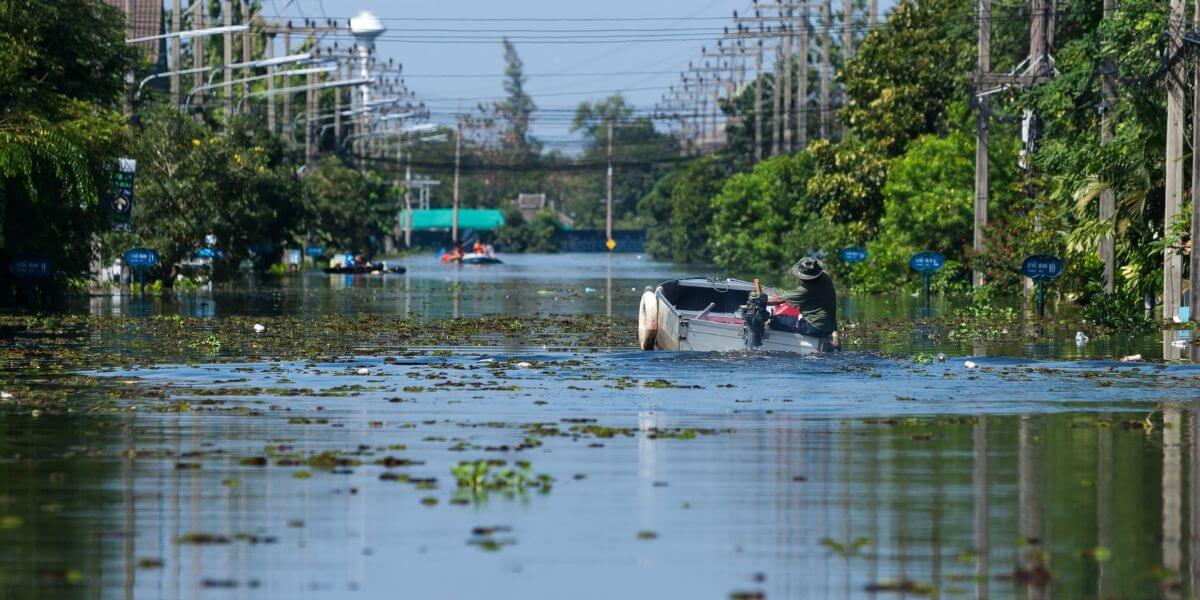
Natural disasters’ impact on connectivity
The internet in natural disasters has its connectivity impacted in different ways, and understanding these impacts can help you prepare more effectively.
During Hurricanes and Severe Storms
Power outages are the primary cause of internet disruption during hurricanes [2]. While many internet providers maintain backup power for central facilities, local equipment like neighborhood nodes may go offline. Flooding can damage underground cables, while high winds can take down overhead lines. Most home internet connections will fail almost immediately when power is lost unless you have backup power solutions in place. But even then, internet may still be unavailable for extended periods following a major storm.
During Wildfires
Wildfires can destroy cell towers, utility poles, and other physical infrastructure. Even when equipment isn’t directly damaged, preventative power shutoffs implemented to reduce fire risk can take internet services offline [3]. The intense heat from wildfires can also damage or destroy buried cables if the fires are severe enough. In wildfire-prone areas, satellite internet sometimes provides more reliability, though smoke can occasionally interfere with signals.
During Earthquakes
Earthquakes present unique challenges to internet infrastructure. They can sever underground fiber-optic cables, damage data centers, and disrupt the physical infrastructure that supports internet services. The network congestion that follows as everyone tries to connect simultaneously can overwhelm remaining systems. Cellular networks may remain partially operational when fixed-line services are damaged, making mobile internet and hotspots a potential backup option.
Cellular Networks During Disasters
Mobile networks often experience severe congestion during disasters as everyone attempts to make calls or access data simultaneously. While towers may remain operational with generator backup, their capacity becomes limited, making it difficult to connect. Many carriers implement emergency protocols that prioritize text messages over voice calls, as texts require significantly less bandwidth and have a higher likelihood of getting through on congested networks. The FCC even recommends this as well [4].
How to Prepare Your Devices Before Disaster Strikes
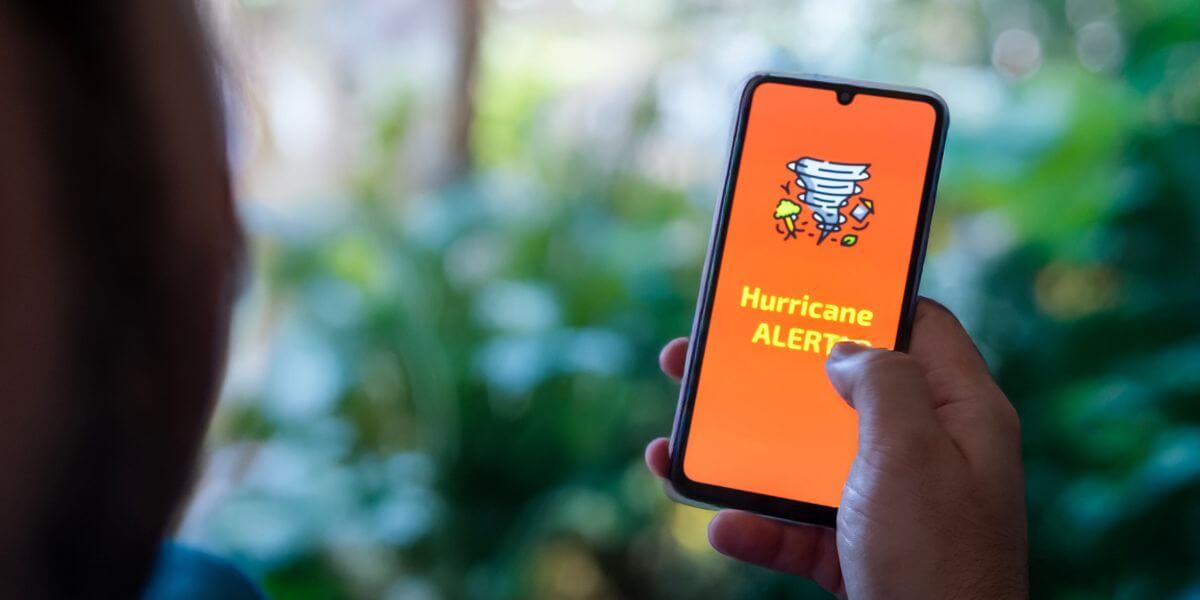
Staying prepared
Taking proactive steps before a disaster can significantly improve your chances of staying connected when traditional services fail.
Investing in backup power sources is perhaps the most important preparation. Consider purchasing multiple portable power banks for smartphones and keep them fully charged. Solar chargers provide renewable energy when grid electricity is unavailable for extended periods. For more comprehensive power needs, portable generators can power larger devices, though they require proper ventilation and fuel storage. Battery-powered or hand-crank radios remain reliable for receiving emergency alerts when all else fails.
Setting up offline capabilities on your devices creates independence from constant connectivity. Download offline maps of your area through Google Maps or specialized apps like Maps.me. Save digital copies of important documents on your phone and in secure cloud storage. Maintain a physical list of emergency contacts in case your phone dies completely. Many newer smartphones also allow emergency location sharing with family members that can work with minimal connectivity.
Device optimization becomes crucial during emergencies. Configure your phone to conserve battery by lowering screen brightness, disabling unnecessary notifications, and closing background apps. Familiarize yourself with your phone’s emergency features before you need them. Install emergency and weather alert apps that are designed to work with minimal connectivity. Many local emergency management agencies also offer text message alert systems that require less bandwidth than internet-based notifications.
Create a dedicated tech emergency kit containing spare charging cables, a car charger adapter, and a portable router if feasible. For those in remote areas or regions frequently affected by severe disasters, consider investing in a satellite communication device, which can send basic messages and location information when all other communications fail.
How to Stay Connected When Internet Service Goes Down
When traditional internet access fails, alternative methods can help you maintain essential connectivity. These approaches focus on maximizing limited resources and utilizing services that may still be operational.
Use Your Phone as a Communication Hub
If cellular networks are congested but you can access Wi-Fi, enable Wi-Fi calling in your phone settings. This feature, available on most modern smartphones, allows you to make calls over Wi-Fi networks instead of cellular towers. Many home internet services may work intermittently during disasters, making this option viable when cell service is overwhelmed.
When your mobile data is working but your home internet isn’t, your smartphone can become a lifeline for other devices. By turning it into a hotspot, you can connect laptops and tablets to access important information or communicate with emergency services. Be mindful that this will drain your phone’s battery more quickly and consume your data allowance, so reserve it for essential tasks.
Leverage Alternative Connection Methods
During emergencies, businesses, libraries, and community centers with generator power often maintain Wi-Fi access. Major internet providers like Comcast Xfinity, AT&T, Spectrum, and Verizon frequently open their Wi-Fi hotspots to the public during declared emergencies [5], removing password restrictions. These companies also typically set up charging stations at their retail locations, providing both power and connectivity.
Community mesh networks, where available, can provide local connectivity even when internet backbones are down. These decentralized systems allow devices to communicate directly with each other, creating a local network that can share information and resources. While less common, interest in these networks is growing in disaster-prone regions.
Satellite internet services like Starlink, HughesNet, or Viasat may continue working when ground-based infrastructure is damaged, as their core infrastructure remains unaffected by local conditions. However, severe weather can still impact reception, and these services require a clear view of the sky. If you live in a disaster-prone area, having a satellite internet option as backup can provide valuable redundancy.
In the most extreme cases when all other methods fail, HAM radio networks can relay messages across long distances. While using one requires a license [6], during emergencies you might find licensed operators willing to help communicate with family outside the affected area. Community emergency response teams often include HAM operators specifically for this purpose.
Post-Disaster Connectivity Restoration
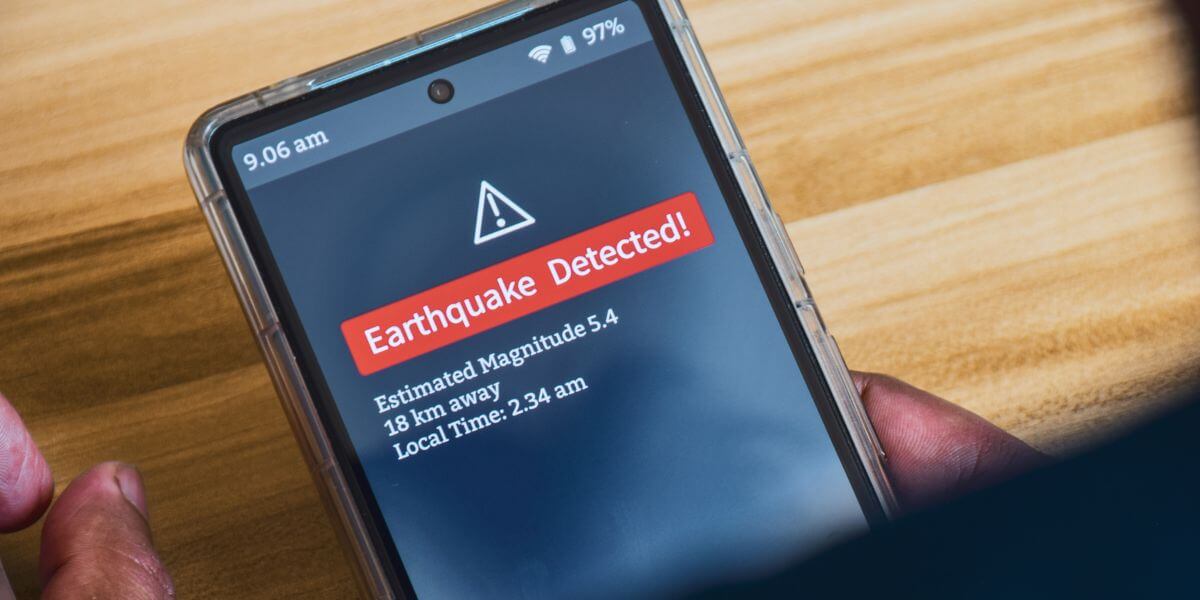
Getting reconnected
After a disaster, systematic steps can help you restore connectivity more quickly.
Check for service provider updates through their emergency response pages or social media accounts. Many ISPs provide outage maps and restoration timelines that can help you understand when service might return. These updates often include information about mobile service centers or temporary connectivity points established in affected areas.
Report outages through your provider’s emergency channels. Providers may not be aware of specific, local equipment damage, especially in areas with widespread impacts. Your report helps prioritize repairs and provides valuable information about service gaps. Most providers offer text-based outage reporting when regular customer service channels are unavailable.
Community resources often emerge to fill connectivity gaps during recovery. Designated recovery centers established by FEMA or local governments often provide internet access points. Religious organizations, libraries, and schools with generator power also may offer Wi-Fi access and charging stations. These locations also serve as information hubs where you can learn about other available resources.
Consider temporary connectivity solutions while waiting for regular service restoration. These might include purchasing mobile hotspots or prepaid SIM cards from carriers different from your primary provider, as different networks may be affected differently by the same disaster. For longer outages, temporary satellite internet services can be deployed more quickly than repairing ground-based infrastructure.
When services begin to return, follow restoration protocols to prevent overloading newly repaired systems. Try and limit your high-bandwidth activities, communicate during off-peak hours when possible, and prioritize essential communications. This cooperative approach helps ensure that limited capacity serves the community’s most important needs first.
Preparing Your Home Internet for Future Disasters
Taking preventative steps can make your home internet more resilient to future emergencies. Proper equipment protection prevents damage that can extend outages beyond infrastructure recovery. Install surge protectors on all internet equipment to prevent damage from lightning strikes or power surges. In flood-prone areas, elevate networking equipment above potential water levels.
Documenting your network setup enables quick reconfiguration after a disaster. Keep records of important settings (like passwords), account information, and basic troubleshooting steps. Store this information in both digital and physical formats so it’s accessible regardless of what systems are working. Including photos of how equipment is connected can be particularly helpful when reconfiguring systems under stress. By understanding how disasters affect internet services and preparing accordingly, you can significantly improve your ability to stay connected in a natural disaster when it matters most. Remember that no single solution is perfect—layering multiple approaches provides the best chance of maintaining connectivity during emergencies.
Sources
[2] CNET. “Internet Still Out After a Storm? Here’s Why It May Take Longer to Come On Than Usual."
[3] Physicians, Scientists, and Engineers for Healthy Energy. “Public Safety Power Shutoffs Explained."
[4] FCC. “Tips for Communicating in an Emergency."
[5] TechTarget: “How free Wi-Fi hotspots help in emergency response situations."
[6] ARRL. “FCC Licenses and Amateur Radio.“

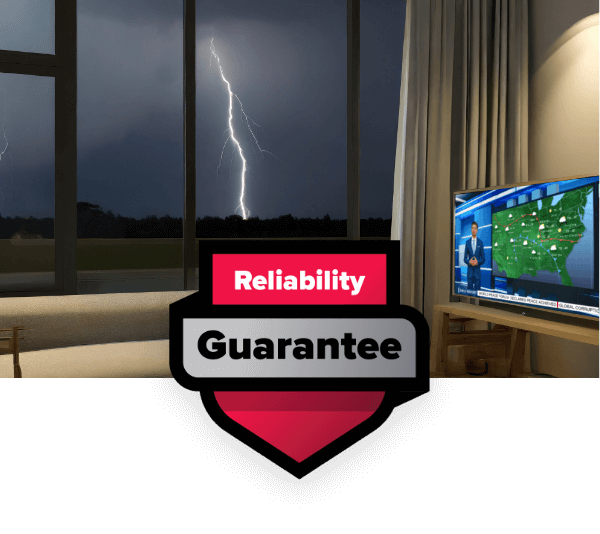

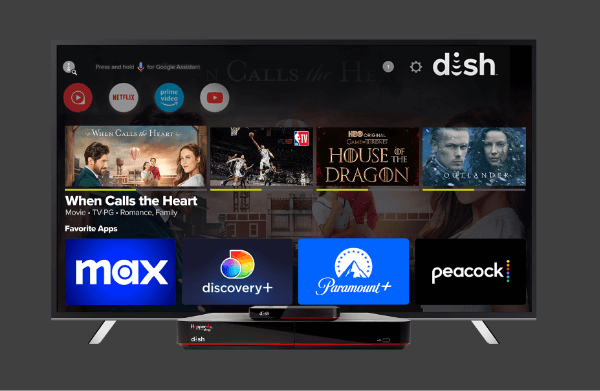
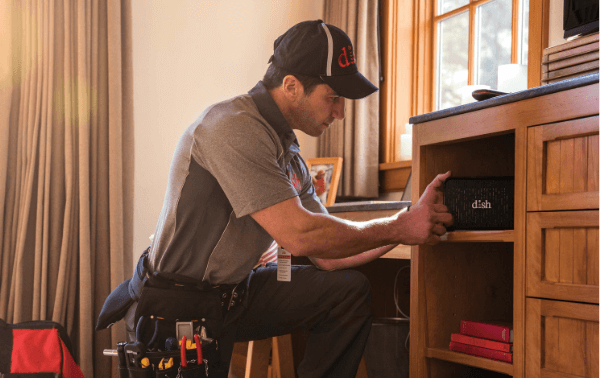
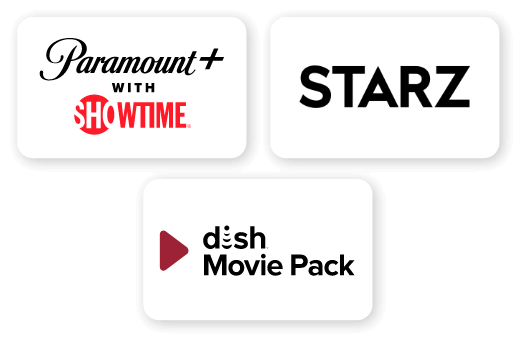
 Call
Call 

 Access Your Account
Access Your Account